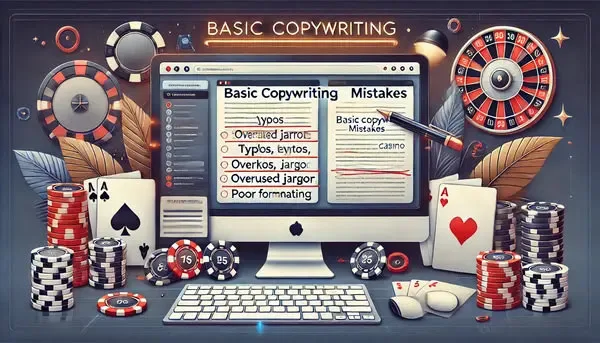
How to Write Compelling Calls-to-Action
Creating a compelling call-to-action (CTA) is crucial for any business looking to drive conversions. Whether you want to increase sales, sign-ups, or engagement, the effectiveness of your CTAs can significantly impact your success. In this article, we’ll explore strategies to craft CTAs that not only attract attention but also compel your audience to take action.
Understand Your Audience
Before writing any CTA, it’s essential to understand who your audience is and what they need. By understanding their pain points, desires, and behaviors, you can tailor your message to resonate with them. Your CTA should directly address a problem or a desire, making the offer irresistible.
To better understand your audience, consider creating buyer personas. These profiles will help you segment your audience and write personalized CTAs that appeal to each group. Remember, a one-size-fits-all approach rarely works; personalization is key.
Use Action-Oriented Language
The language you use in your CTAs should be direct, concise, and action-oriented. Phrases like “Get Started,” “Sign Up Now,” or “Learn More” encourage immediate action. Avoid vague terms that don’t clearly indicate what the user should do next.
Additionally, consider using first-person language to make the action feel more personal. For instance, instead of saying “Start Your Free Trial,” try “Start My Free Trial.” This subtle change can increase conversion rates by making the CTA more engaging.
Highlight the Benefits
Your CTA should clearly communicate the benefits of taking action. What does the user gain by clicking your button or link? Whether it’s a discount, free resource, or exclusive access, the value should be evident.
For example, instead of a generic “Download,” you could use “Download Your Free E-book Now.” This not only tells the user what they’ll receive but also emphasizes that it’s free, adding an extra layer of appeal.
Incorporating benefit-driven CTAs ensures that your audience knows exactly what they’re getting and why they should care, increasing the likelihood of them taking the desired action.

Create a Sense of Urgency
People are more likely to act when they feel a sense of urgency. Phrases like “Limited Time Offer,” “Only a Few Left,” or “Act Now” can create this urgency, encouraging users to take immediate action to avoid missing out.
However, be careful not to overuse this tactic, as it can lose its effectiveness if the urgency doesn’t seem genuine. Ensure that your urgency is real and justified, which will help maintain your credibility while driving conversions.
Consider combining urgency with exclusivity, such as “Join Now for Early Access,” to further incentivize action.
Finally, the placement of your CTA matters. Position it prominently on your page where it’s easily visible, preferably above the fold, so users see it without needing to scroll.
Test and Optimize
No matter how well you craft your CTA, there’s always room for improvement. A/B testing is an effective way to determine what resonates best with your audience. Test different wording, colors, and placements to see which versions perform the best.
Additionally, analyzing your CTAs’ performance through metrics like click-through rates (CTR) and conversion rates will give you insights into their effectiveness. Use this data to make informed decisions and continuously optimize your CTAs.
Remember, what works for one audience might not work for another, so ongoing testing and optimization are key to maintaining high-performing CTAs over time.
Creating compelling calls-to-action is both an art and a science. By understanding your audience, using strong action-oriented language, highlighting benefits, creating urgency, and constantly testing, you can craft CTAs that drive significant results. Implement these strategies and watch your conversion rates soar.




